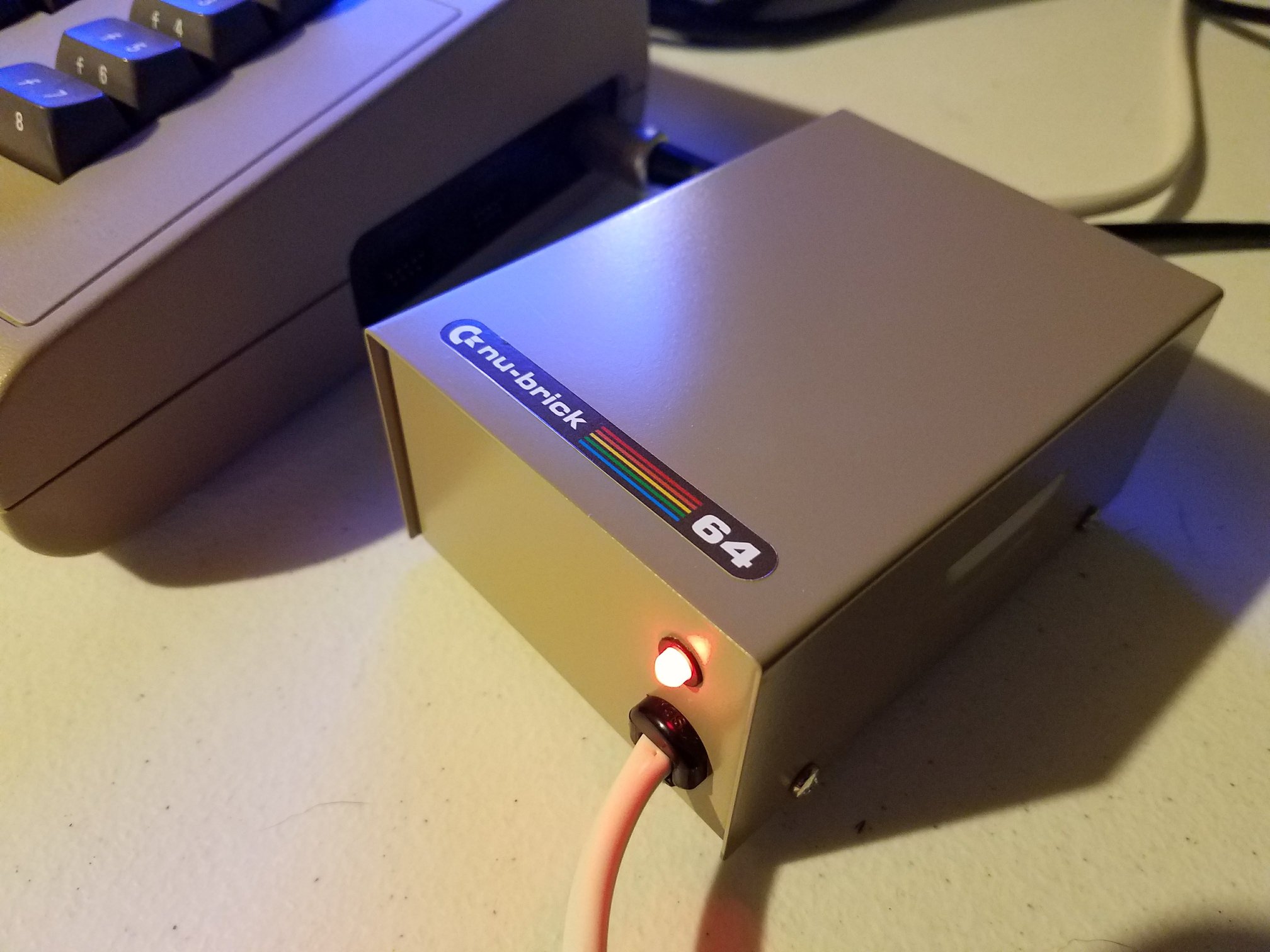In his latest video, Piers Finlayson takes the Software Defined Retro ROM to the next level with real-time ROM switching, allowing users to change ROM images on the fly without interrupting the system’s operation. From the Commodore 64 to the VIC-20 and even the Apple II, this groundbreaking update makes dynamic character ROM swapping not only possible—but seamless and automatic.
Switching ROMs Without Rebooting
Previously, the Software Defined Retro ROM could swap ROM images at boot. Now, it supports hot-swapping ROMs in real time, thanks to hardware revision F. Piers demonstrates this by toggling between multiple character sets—Commodore 64, VIC-20, Apple II, and even ZX Spectrum—at the press of a button. This means enthusiasts can preview or test alternate ROMs dynamically, a major time-saver for developers and retro fans alike.
Automatic Control with a Tiny Add-On
While manual switching is fun, Piers goes further by showcasing a daughterboard that enables automatic ROM switching. Using the STM32’s serial debug interface, the system cleverly toggles image banks without needing external microcontrollers. The daughterboard manipulates pull-up/pull-down resistor states, allowing ROM banks to be changed invisibly in the background—no reprogramming required.
Bank Support and Configurations
The update introduces a new config format supporting up to four ROM banks per set. These are preloaded into RAM and accessed through new jumper pins, enabling even more versatility across systems like the VIC-20 and Commodore PET. And yes, it’s already tested on NTSC machines, thanks to early community adoption.
Faster, Smarter, and Ready to Test
Performance has also been enhanced with a new byte-serving algorithm. Piers compares two strategies, showing that “Algorithm B” offers speed improvements while still working on lower-end STM32 F4 chips. He’s calling for testers, especially NTSC users, to help benchmark results across platforms.
What’s Next
Piers teases upcoming content, including an in-depth look at the daughterboard, testing STM32 clones, and comparing handwritten assembler loops with compiler-generated code.
If you’re into retro systems, custom ROM hacking, or embedded microcontrollers, this is a must-watch. Grab your favorite breadbin and prepare to be amazed.







